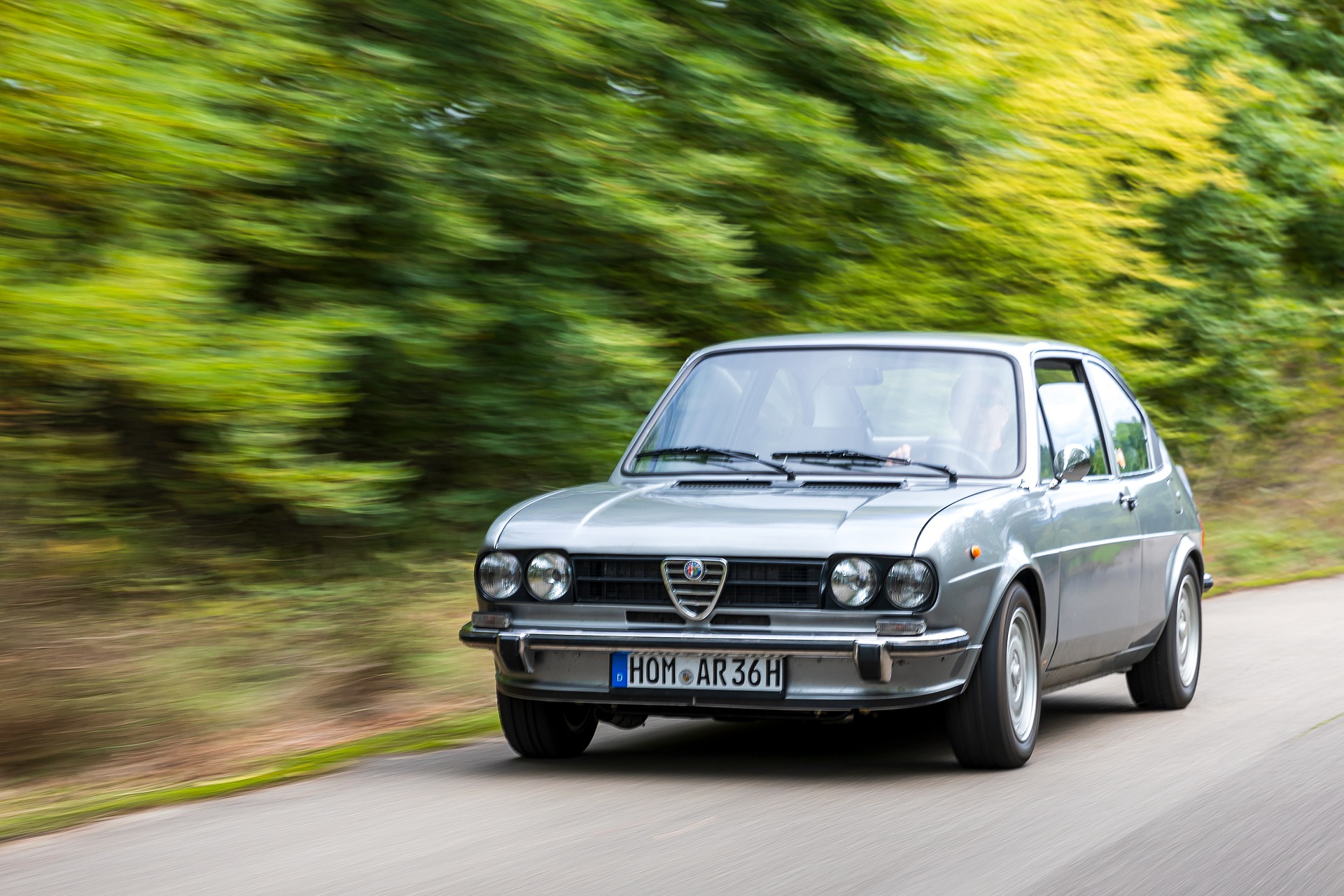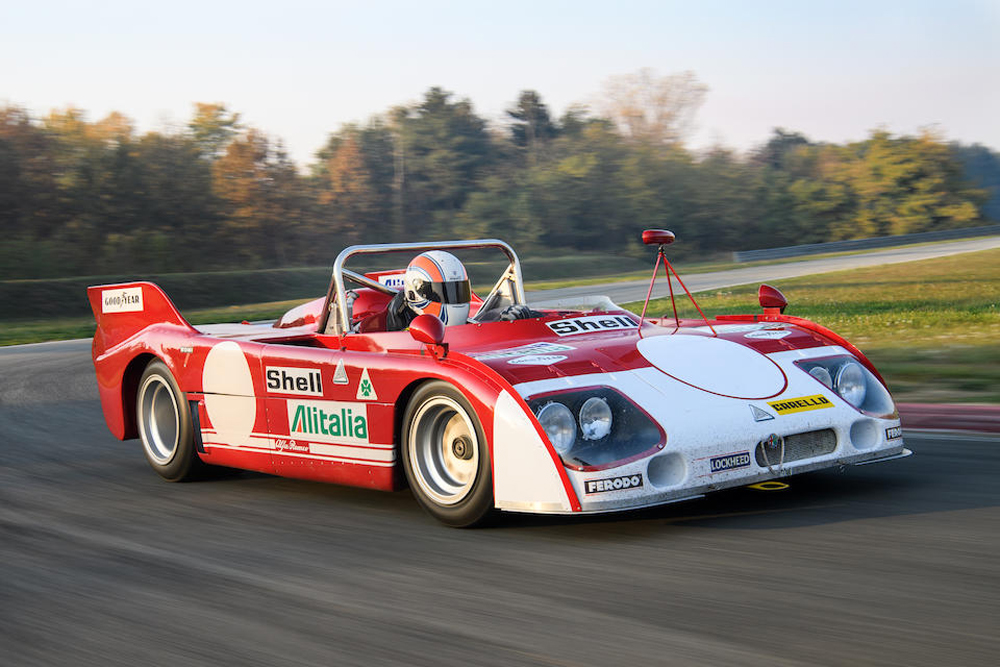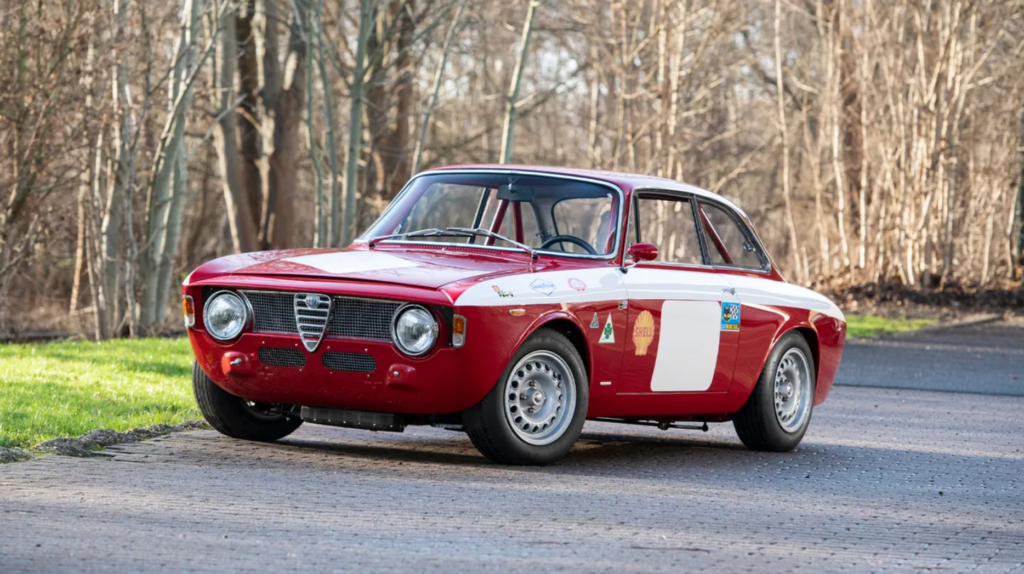Alfa Romeo


Alfa Romeo
Founded
1910
Founders
Alexandre Darracq, Ugo Stella, Nicola Romeo
Country
Italy
Headquarters
Turin, Italy


Alfa Romeo
Founded
1910
Founders
Alexandre Darracq, Ugo Stella, Nicola Romeo
Country
Italy
Headquarters
Turin, Italy
About this brand
Discover the history
Alfa Romeo, an iconic Italian automobile manufacturer, has a rich history that dates back to 1910. The company was founded in Milan as A.L.F.A. (Anonima Lombarda Fabbrica Automobili), and its first car, the 24 HP, was designed by Giuseppe Merosi. In 1915, the company came under the direction of Nicola Romeo, an entrepreneur who shifted the focus to military hardware during World War I. After the war, the company name was changed to Alfa Romeo, and it returned to car production with renewed vigor.
Alfa Romeo quickly established a reputation for performance and innovation. The 1920s and 1930s were golden years for the brand, marked by the production of legendary models such as the RL, P2, and 8C. These cars were known for their advanced engineering and racing prowess. The P2, in particular, brought Alfa Romeo its first Grand Prix World Championship in 1925. This success on the track cemented Alfa Romeo’s status as a premier racing brand.
During this period, Alfa Romeo also produced some of the most beautiful and technically advanced road cars of the era. The 6C 1750, introduced in 1929, and the 8C 2900, launched in the mid-1930s, are often regarded as some of the finest pre-war automobiles. These cars featured sophisticated engineering and elegant designs, making them highly desirable among enthusiasts and collectors.
World War II brought significant challenges, but Alfa Romeo emerged from the conflict with a renewed focus on innovation. The post-war period saw the introduction of the iconic Alfa Romeo 1900, the first car to be built entirely on a production line and the first to feature a unitary chassis and body construction. This model set the tone for the company’s future direction.




In the 1950s and 1960s, Alfa Romeo continued to excel both on the track and the road. The Giulietta series, introduced in 1954, brought high-performance motoring to a broader audience. The Alfa Romeo Giulia, launched in the 1960s, further solidified the brand’s reputation for sporty, well-engineered cars. The Giulia’s advanced design and performance capabilities made it a favorite among driving enthusiasts.
Alfa Romeo’s motorsport success during this era was formidable. The brand’s racing division, Autodelta, achieved significant victories in touring car and sports car championships. The Alfa Romeo 33 Stradale, introduced in 1967, was one of the most advanced and beautiful sports cars of its time, derived from the Tipo 33 race car that competed in endurance races.
The 1970s and 1980s saw Alfa Romeo facing financial challenges, but the brand continued to produce notable models like the Alfetta, the GTV6, and the iconic Spider. The Alfa Romeo 75, introduced in 1985, was the last model to be developed independently before Fiat’s acquisition of the company in 1986.
Under Fiat’s ownership, Alfa Romeo underwent significant restructuring. The 1990s brought new models like the 156 and the 147, which garnered critical acclaim and numerous awards. The brand’s commitment to motorsport continued, with the Alfa Romeo 155 achieving success in touring car championships, including winning the DTM (Deutsche Tourenwagen Masters) in 1993.
In the 21st century, Alfa Romeo has continued to build on its legacy of performance and design. The introduction of models like the 8C Competizione, the 4C, and the Giulia Quadrifoglio has reaffirmed Alfa Romeo’s position as a maker of beautiful, high-performance cars. The brand’s return to Formula 1 as a sponsor and technical partner with Sauber in 2018 has also rekindled its storied motorsport heritage.
Alfa Romeo’s history is a testament to its enduring passion for innovation, performance, and design. From its early successes on the track to its modern-day masterpieces, Alfa Romeo continues to captivate automotive enthusiasts around the world.






